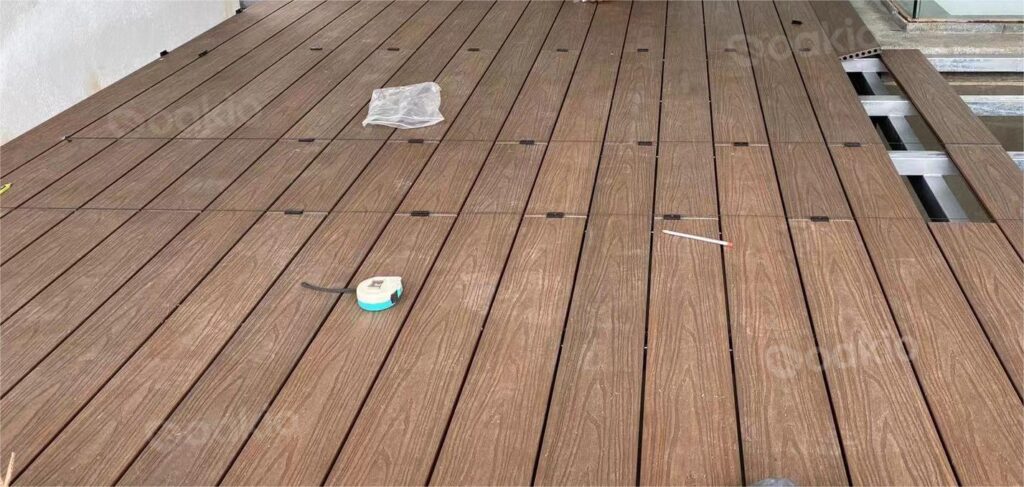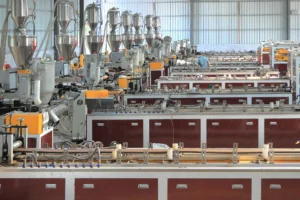Choosing the Right Decking Boards Thickness: A Comprehensive Guide

The thickness of your decking boards is a crucial factor that can significantly impact the performance, aesthetics, and longevity of your deck. Whether you are working with traditional wood or composite decking materials, understanding the importance of deck board thickness will help you make an informed decision for your project. This guide explores the key considerations and offers practical advice on selecting the right deck board thickness.
Why Deck Board Thickness Matters
Material Performance
Different materials have varying strengths, which affects how thick your decking boards need to be. Weaker woods, for example, require thicker boards to ensure structural integrity and support.
Deck Joist Spacing
The spacing between your deck joists plays a significant role in determining the appropriate deck board thickness. Wider spacing requires thicker boards to provide adequate support and prevent sagging.
Type of Build: Residential or Commercial
The intended use of your deck—whether residential or commercial—affects the required board thickness. Commercial projects often demand thicker boards to handle higher traffic and load.
Deck Surface Elevation
When replacing decking boards or sections, maintaining consistent thickness is crucial to avoid creating tripping hazards and ensure a smooth, even surface.
Understanding Deck Board Thickness
Standard vs. Thicker Boards
Standard decking boards are typically about 1 inch thick, while thicker boards measure around 1.5 inches. In traditional lumber terms, standard boards are often referred to as 5/4 deck boards, with an actual thickness between 1 and 1.25 inches. Thicker boards, known as 2 x 6, have an actual thickness ranging from 1.2 to 1.5 inches.
Benefits of Thicker Boards
Thicker boards offer enhanced sturdiness and a more solid feel underfoot. They are particularly beneficial for applications that require additional support and durability.
Factors Influencing Deck Board Thickness
Material Strength
The type of wood you choose impacts the required board thickness. Hardier woods like Ipe need less thickness compared to softer woods like cedar or pine. For example, Oakio’s composite deck boards that made from oak fiber provide superior strength and longevity.
Deck Joist Spacing
Joist spacing, measured from the center of one joist to the center of the next, is crucial in determining board thickness. Standard residential joist spacing is 16 inches on center, but thicker boards can allow for spacing up to 24 inches on center, which can reduce material and labor costs.
Residential vs. Commercial Builds
Building codes and requirements vary between residential and commercial projects. Residential decks typically use a 16-inch joist spacing, while commercial applications may require 24 inches.
Deck Surface Elevation
When replacing decking boards, matching the thickness of new boards with existing ones is essential to maintain a level surface and prevent trip hazards.
Deck Board Thickness by Material
Traditional Wood Decking
Standard thickness for various wood types is generally 1 inch, but thicker boards are recommended for weaker woods to ensure stability and durability.
Non-Wood Decking Options
Non-wood board materials such as PVC boards offer a superior alternative to wood, with a 1.5-inch thickness providing exceptional durability and strength. These boards are made from fully engineered polymers, ensuring no organic material, which enhances their resistance to moisture, mold, mildew, and rot.
Deck Board Thickness and Joist Spacing
Role of Joist Spacing
Proper joist spacing is vital for the structural integrity of your deck. “On center” spacing refers to the distance from the center of one joist to the center of the next. Standard residential spacing is 16 inches, but thicker boards can accommodate wider spacing, reducing the number of joists needed.
Impact on Material and Labor Costs
Using thicker boards with wider joist spacing can lead to significant savings in material and labor costs. Fewer joists mean less material and reduced installation time.

Deck Surface Elevation Considerations
Consistent Thickness for Safety
Maintaining consistent decking boards thickness is crucial for safety and structural integrity. When replacing damaged or worn boards, selecting new ones that match the existing thickness prevents uneven surfaces and potential tripping hazards. Uneven surfaces not only pose safety risks but can also detract from the deck’s aesthetic appeal and lead to structural issues over time.
Consistency in thickness is especially important for decks used by children, the elderly, or those with mobility issues, ensuring a smooth, safe environment. It also matters when integrating new materials with existing ones, as a uniform thickness maintains a flat, stable surface, preserving both functionality and visual appeal.
Accurately matching board thickness helps avoid future maintenance issues and additional repair costs. High-quality materials with consistent thickness ensure long-term safety and durability. Additionally, consistent board thickness aids in the even distribution of weight across the deck, preventing weak points and reducing wear.
Conclusion
Choosing the right deck board thickness is essential for the performance, safety, and aesthetics of your deck. Factors such as material strength, joist spacing, and type of build play a crucial role in this decision.
Trending Reading
What Are the Differences Between the WPC Board and PVC Board?
[2024 Update] How Long Does WPC Decking Last?











